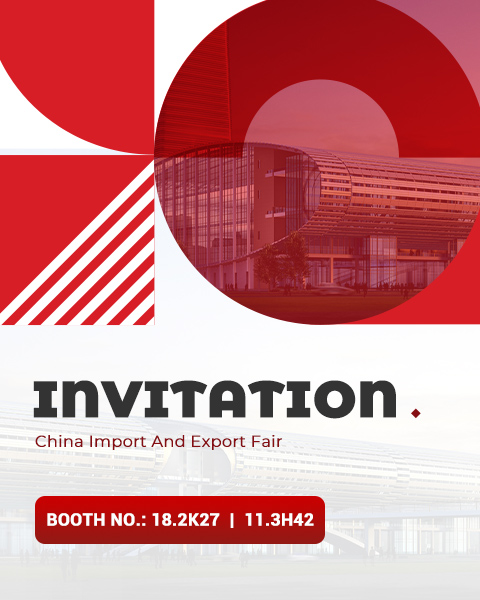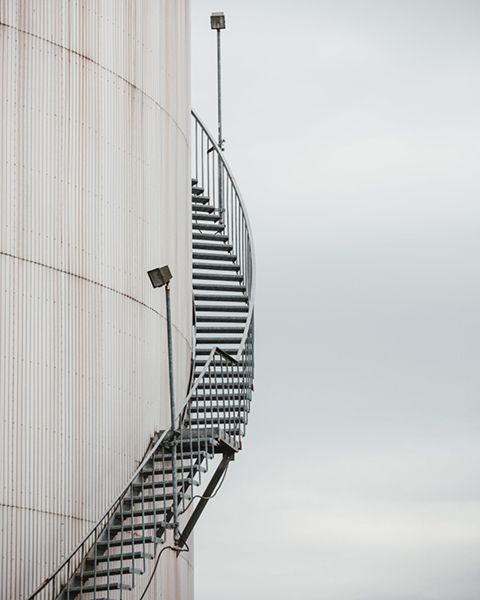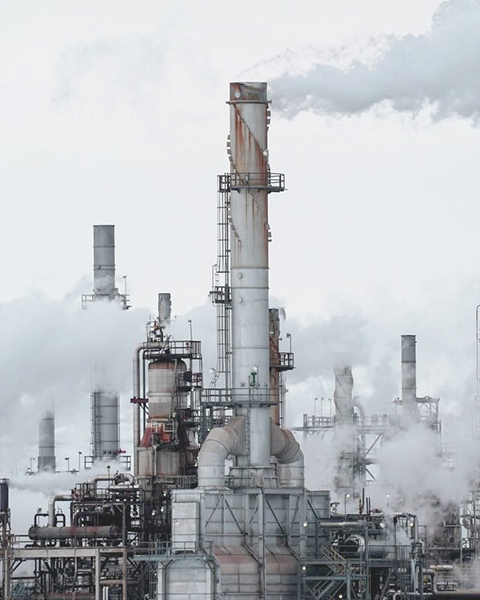Why does the pellet mill get clogged?
2024-04-10
In the production process of compound feed, the safe and normal production of the pellet mill is crucial, because the preparation of pellets depends entirely on the pellet mill. However, in actual production, due to various reasons, a thick and hard layer of material is often formed between the ring die and the pressure roller. The pressure roller cannot squeeze the material out of the die hole, causing the ring die of the pellet mill to not rotate or the ring to ring. The mold slips, which is often said to be a blockage of the pellet mill. The main reasons for machine blockage are as follows:
![]() Die roller gap
Die roller gap
If the die roller gap is too large, the material layer between the die rollers will be too thick and unevenly distributed, and the pressure roller will easily slip. Once the squeezing force of the die roller on the material is less than the resistance of the inner wall of the die hole on the material, the material cannot be squeezed out and the machine will become blocked. In order to reduce machine blockage, the die roller gap should be adjusted during production. The adjustment gap should be the thickness of an A4 paper.
![]() Effect of steam
Effect of steam
The most ideal production condition factors in the production process of pellet feed are: appropriate moisture content of raw materials, good steam quality, and sufficient conditioning time. The correct use of dry saturated steam granulation can effectively improve the output of the pellet mill and the quality of the pellets. To ensure good pellet quality and high output, in addition to the normal operation of each transmission part of the pellet mill, the quality of dry saturated steam entering the conditioner of the pellet mill should also be ensured. The saturated steam used has a softening and lubricating effect during the granulation process, which can increase productivity, reduce the wear of accessories, and extend the service life of ring molds and pressure rollers; increase output and reduce power consumption; improve tempering quality and promote gelatinization of starch , the bonding of fibrous fibers; it can increase the forming rate of particles and make the particles have good appearance and quality.
Poor steam quality causes the material to have too much moisture when it leaves the conditioner. When entering the pellet mill, it is easy to block the die holes and cause the pressure roller to slip, causing machine blockage. Specifically in:
① Insufficient steam pressure and high moisture content can easily cause the material to absorb too much water. At the same time, when the pressure is low, the temperature when the material is conditioned is also low, the starch cannot be gelatinized well, and the granulation effect is poor;
② The steam pressure is unstable and fluctuates high and low. The pellet mill should adjust the feeding amount at any time to make the steam amount reach the optimal level. If you are not careful during granulation, the moisture content of the material will be high when it comes out of the conditioner.
In order to reduce the number of blockages caused by steam quality, high-quality and stable dry saturated steam must be used. During production, granulation personnel must randomly check the moisture content of the materials after conditioning at any time. The specific method is to grab a handful of materials coming out of the conditioner and hold them with hands. It’s better to let go of the group and just disperse.
![]() The influence of conditioning effect
The influence of conditioning effect
In order for pellet feed to meet the competitive needs of the market, it must be of high quality. The conditioning effect of materials before granulation is crucial because it directly affects the output of the pellet mill and the quality of the granules. In particular, the water stability of special aquatic feed is an important indicator. If the material is not fully tempered and matured before granulation, its stability in water will be difficult to guarantee. The so-called conditioning is the pretreatment of powdery materials before granulation. It is a process in which the powder to be granulated and an appropriate amount of steam are fully stirred and absorbed in the conditioner. Select conditioning equipment that meets the technical requirements so that the material can be fully mixed with steam in the conditioner to soften the material and gelatinize the starch, which is conducive to the compaction of the powder and the production of qualified products. The conditioner needs to have long-term heat preservation, heating and humidification, and the number of layers can be combined and installed as needed. It can ensure that the material fully meets the conditioning requirements, improve the surface and intrinsic quality of the granular material, and improve its water resistance in water.
Through on-site debugging, the number of blockages of the pellet machine can be reduced by adjusting steam. However, since the general boiler equipment has been finalized and the steam provided has been determined, it is necessary to pay attention to the treatment method of water vapor in the steam pipeline and try to eliminate the steam pipeline. The condensed water in the conditioner must be very stable, and the steam pressure at the front of the conditioner must be very stable. At the same time, attention should also be paid to the selection of the conditioner. The conditioner is determined based on the output of the pellet mill and the type of materials. It cannot be lengthened or enlarged at will. Otherwise, the granulation effect will be counterproductive and the machine will easily block.




